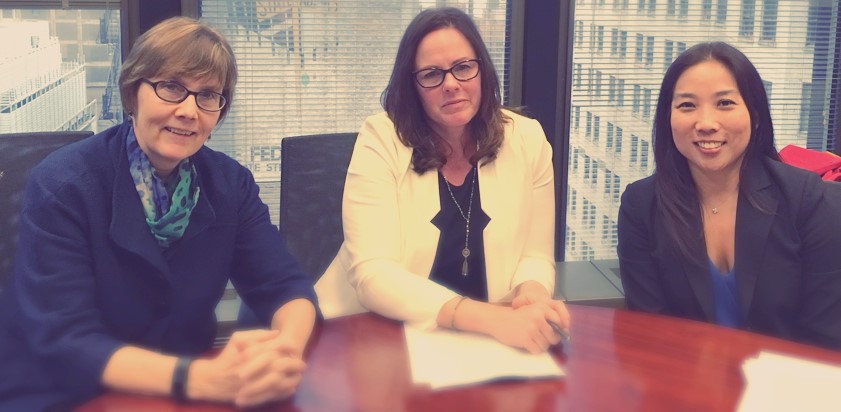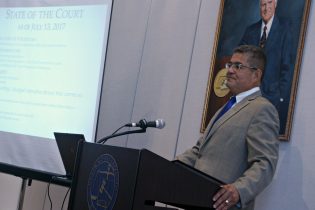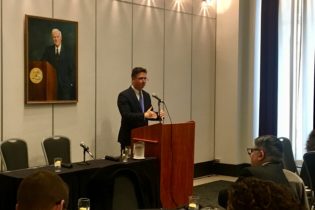
How to Draft an Effective Settlement Position Statement – Judge and Practitioners Explain How
About twelve participants attended How to Draft an Effective Settlement Position Statement presented by United States Magistrate Judge Sheila Finnegan, Sheila Loop, and Jeanah Park (pictured above). Panelists drew on their experiences and observations from the bench and practice on enhancing pre-settlement conference position papers, as well as tips and suggestions for more successful settlement conferences.
Highlights they emphasized:
- Be honest and direct presenting your case and responding to the opposition’s
- A well-researched and cogent statement tells the judge you’ve thought about—and care about—your case. Your thought and care promotes theirs
- Don’t hide from the bad facts. Confront them on your terms in your statement, or you’ll confront them somewhere else on the opposition’s
- Shun hyperbole
- For plaintiffs: have a realistic demand. Unpack its constituent parts and explain why each is reasonable
- For employment discharge cases: don’t attack the discharge decisionmaker. That makes it more difficult to “sell” a settlement to the settlement decisionmakers
- Representing a client with statutory (or contractual) fee shifting claim? Arrive at the conference with an estimate of your fees and be prepared to articulate why they’re reasonable
- For defendants: arrive at the conference already vested with authority to offer up to your maximum
- For defense counsel: if the plaintiff presents an extremely high demand and you can’t offer more than a de minimus amount, tell the judge ahead of time. That way the judge can either: (a) cancel a conference that’s headed straight to a time-wasting impasse, or (b) talk with the plaintiff’s lawyer, relay the defendant’s position, and possibly convince the plaintiff to reduce their demand, narrow the gap, and build momentum before you all convene. (Judge Finnegan alluded to one of the best techniques she and her colleagues see for subverting a settlement conference: wait until the day of the settlement conference to tell the judge of that the defendant can’t exceed a nominal ceiling.)
- With notice to the other side, talk with the settlement conference judge beforehand about aspects of your case that you’re uncomfortable disclosing (e.g., difficult client) or intricate details the judge to may need to delve into beforehand to get perspective they’ll need. Oftentimes judges aren’t prepared to “rule” on the case, and if a litigant wants the judge to understand a particular aspect, they should tell the judge in advance. This technique often proves especially useful for nuances, awkward facets, and explaining why a defendant really can’t go above a maximum they’ve set
- If the litigants successfully reach a settlement, to avoid later confusion and dispute, they should jointly memorialize their principal settlement terms in detail before anyone leaves
The audience asked questions and the panel was pleased to answer. Among them:
- On attorneys’ fees, one lawyer asked about how to handle fees for post-settlement conference services (e.g., finalizing terms, drafting a comprehensive settlement agreement, in complex class actions, allocating payment properly). Judge Finnegan suggested estimating—to the extent possible—“future” fees so they can be included in the settlement payment
- Another lawyer asked if it’s ever “too early” for a settlement conference, and when’s the “best” time for a conference. Judge Finnegan replied that yes, sometimes it’s too early for a settlement conference, but she generally encourages litigants to prepare for a conference before filing a motion for summary judgment. And if a litigant files a summary judgment motion, the litigants and court can sometimes avoid the time and expense of opposition and reply memos with a settlement conference beforehand




